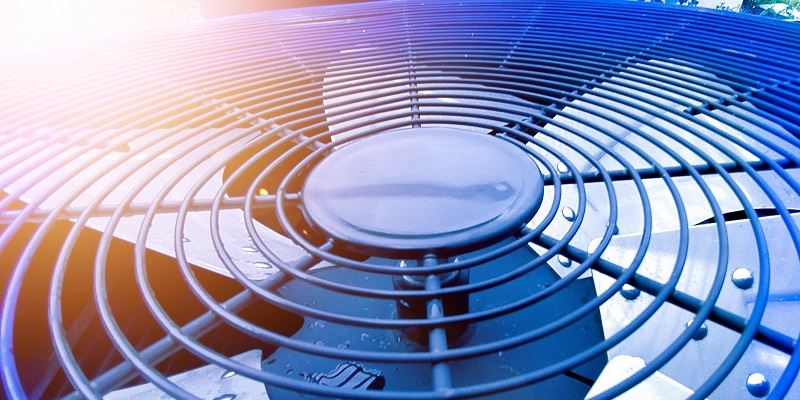As businesses increasingly rely on data centers, the associated energy consumption has become a major concern. Data centers consume massive amounts of energy, and optimizing their energy efficiency has become a key priority for businesses. One significant factor in energy consumption is airflow management. Efficient movement of air within data centers can significantly reduce the energy required to cool IT equipment and to optimize a data center’s energy consumption. In this article, we will discuss the importance of optimizing airflow in data centers for reducing energy costs and improving efficiency.
Optimizing airflow for efficient data center energy consumption
The optimization of airflow within a data center is a critical factor in achieving efficient energy consumption. Inefficient cooling caused by poor airflow creates “hotspots” that result in IT equipment overheating and breakdowns. Fan-based cooling mechanisms are typically used in data centers to efficiently distribute cold air to IT equipment. To make these cooling systems work effectively, it is crucial to optimize the airflow within the data center.
The Importance of Air Movement for Traditional HVAC Systems
It is important to remember that traditional HVAC systems also rely on proper airflow to cool IT equipment. When air moves around IT equipment easily, HVAC systems can keep equipment cool more efficiently. The cooling units can work to distribute air where it is needed and optimize the energy used.
Sealing leaks to manage airflow in data centers
Leakage in typical data center environments can cause air to travel in unintended directions, reducing the effectiveness of airflow management. One of the most effective ways to improve the internal movement of air is to seal any leaks present in the environment. Sealing leaks in cooling units can improve their efficiency and reduce the amount of energy required to cool the data center.
Proper targeting of cooling systems for optimal airflow is another way of improving air movement inside a data center. This means ensuring that cooling units are pointed towards the IT equipment that needs to be cooled, which is critical for effective energy management. By doing this, cold air is directed towards the equipment that requires cooling, rather than being dispersed in areas where it is not needed.
Considerations for High-Capacity Fans and Power Consumption
Despite the benefits of high-capacity fans for cooling IT equipment, it is essential to understand that their power consumption can be relatively high. Therefore, businesses should consider factors such as power consumption when deciding on the fan that is best suited for their data center.
Managing Heat Generation at the Rear of Server Cabinets
The back of server cabinets is typically where the most heat is generated. Therefore, it is important to manage the air movement in a way that cools heat-generating equipment, such as servers. Using high-capacity fans and having effective cooling mechanisms in place can help manage the excess heat around IT equipment.
The benefits of a hot aisle/cold aisle configuration
A hot aisle/cold aisle configuration is a recommended best practice for data centers. This configuration involves setting up server cabinets in a way where cold air is blown into one aisle and hot air is expelled in another. This configuration ensures that air is moving as intended and optimizes energy consumption.
Ensuring Correct Placement of Airflow in Data Centers
One of the primary causes of hotspots in data centers is airflow issues. By directing the airflow correctly within data centers, energy consumption and costs can be significantly reduced. In addition to sealing leaks and optimizing cooling systems, the proper placement of airflow in data centers ensures efficient air movement around IT equipment.
Sealing off non-IT equipment spaces for optimal airflow in data centers
It is essential to ensure that airflow in data centers is directed solely towards IT equipment. All other areas where air is unintentionally directed should be sealed off to ensure optimal airflow. This may include other areas of the facility where equipment is not located. This action will prevent cold air from being wasted on areas that do not require cooling.
Conclusion
For businesses aiming to minimize energy consumption and costs, the efficiency of data centers is a top priority. Achieving efficient energy management and cost savings inside data centers require airflow optimization. Businesses can optimize airflow within their data centers by sealing leaks, properly targeting cooling systems, and implementing a hot aisle/cold aisle configuration. Proper airflow management will lead to a significant reduction in energy costs and prevent equipment failures due to overheating. Data center managers should regularly monitor airflow and adjust cooling systems as needed to ensure optimal efficiency.

